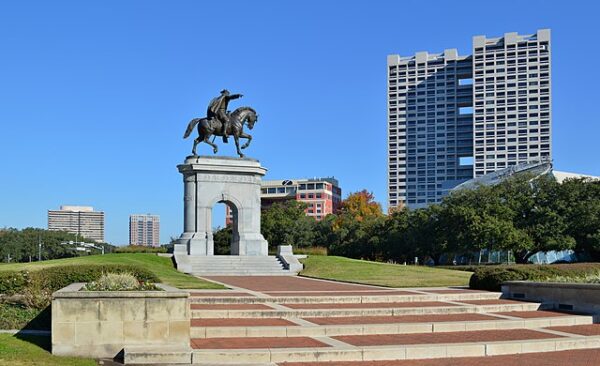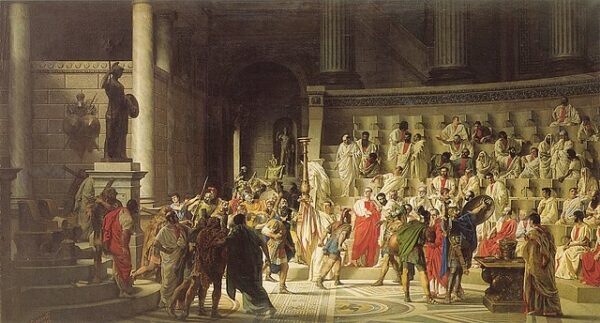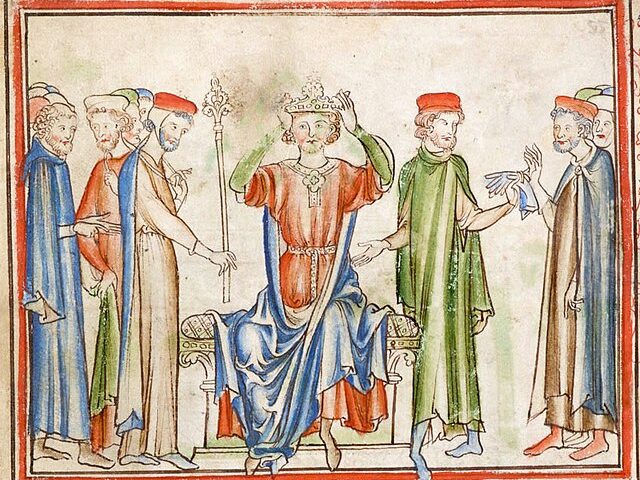On October 22, 1836, Sam Houston was inaugurated as the first President of the Republic of Texas, a pivotal moment in the young nation’s fight for independence. This event came after a series of historic battles and political struggles that had culminated in the Texas Revolution and the eventual creation of the Republic of Texas, a sovereign nation that existed from 1836 to 1846.
Born in Virginia in 1793, Houston grew up on the Tennessee frontier, where he developed a strong bond with the Cherokee Nation. His early years were characterized by military service during the War of 1812, followed by a brief but distinguished political career in Tennessee, where he served as governor. After a personal scandal and a deep period of reflection with the Cherokee, Houston made his way to Texas, which was at the time a territory of Mexico.
Tensions between American settlers and the Mexican government had been growing for years, primarily over issues of governance, land ownership, and the enforcement of Mexican laws, particularly those banning slavery. These tensions erupted into open conflict in 1835, leading to the Texas Revolution. Houston was quickly recognized as a key military leader, and in early 1836, he was appointed commander-in-chief of the Texan forces.
Houston’s leadership during the revolution would secure his place in history. After a series of defeats, including the infamous fall of the Alamo in March 1836, Houston led his forces to a decisive victory over Mexican General Antonio López de Santa Anna at the Battle of San Jacinto on April 21, 1836. The victory not only secured Texas’ independence but also made Houston a hero among the Texan settlers.
In the months following the Battle of San Jacinto, the Republic of Texas was formally established, and a constitution was written, modeled after that of the United States. The election of Sam Houston as president was a natural progression. He had proven himself not only as a military leader but also as someone who could unify the various factions within Texas. Houston won the election overwhelmingly, with the people of Texas placing their faith in his ability to guide the new republic through the challenging early years of independence.
Houston’s inauguration on October 22, 1836, was a grand event, symbolizing both the victory of the Texas Revolution and the birth of a new nation. Held in the city of Columbia, which served as the capital of Texas at the time, the ceremony was attended by key figures of the revolution, including Stephen F. Austin, the “Father of Texas,” who would serve as Houston’s secretary of state. Houston took the oath of office and delivered an inaugural address in which he acknowledged the challenges facing the fledgling nation. He called for unity among the settlers and expressed hope for a peaceful and prosperous future.
Houston’s presidency was defined by efforts to stabilize the new republic. One of his primary goals was to secure international recognition of Texas as an independent nation. Although the United States was quick to recognize the Republic of Texas, Houston faced challenges in gaining recognition from European powers, which were reluctant to recognize a breakaway state that had rebelled against Mexico. Domestically, Houston worked to build a functioning government, establish financial stability, and maintain peaceful relations with Native American tribes, a matter particularly close to his heart due to his time spent living among the Cherokee.
Perhaps most importantly, Houston recognized that the long-term survival of Texas would depend on its annexation by the United States. Although annexation was not achieved during his first presidency, Houston laid the groundwork for this eventual outcome, which occurred in 1845, nearly a decade after he first took office.






